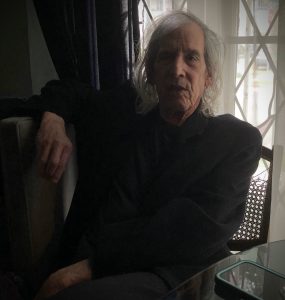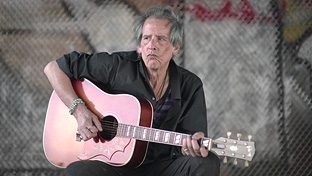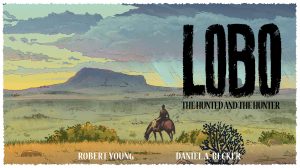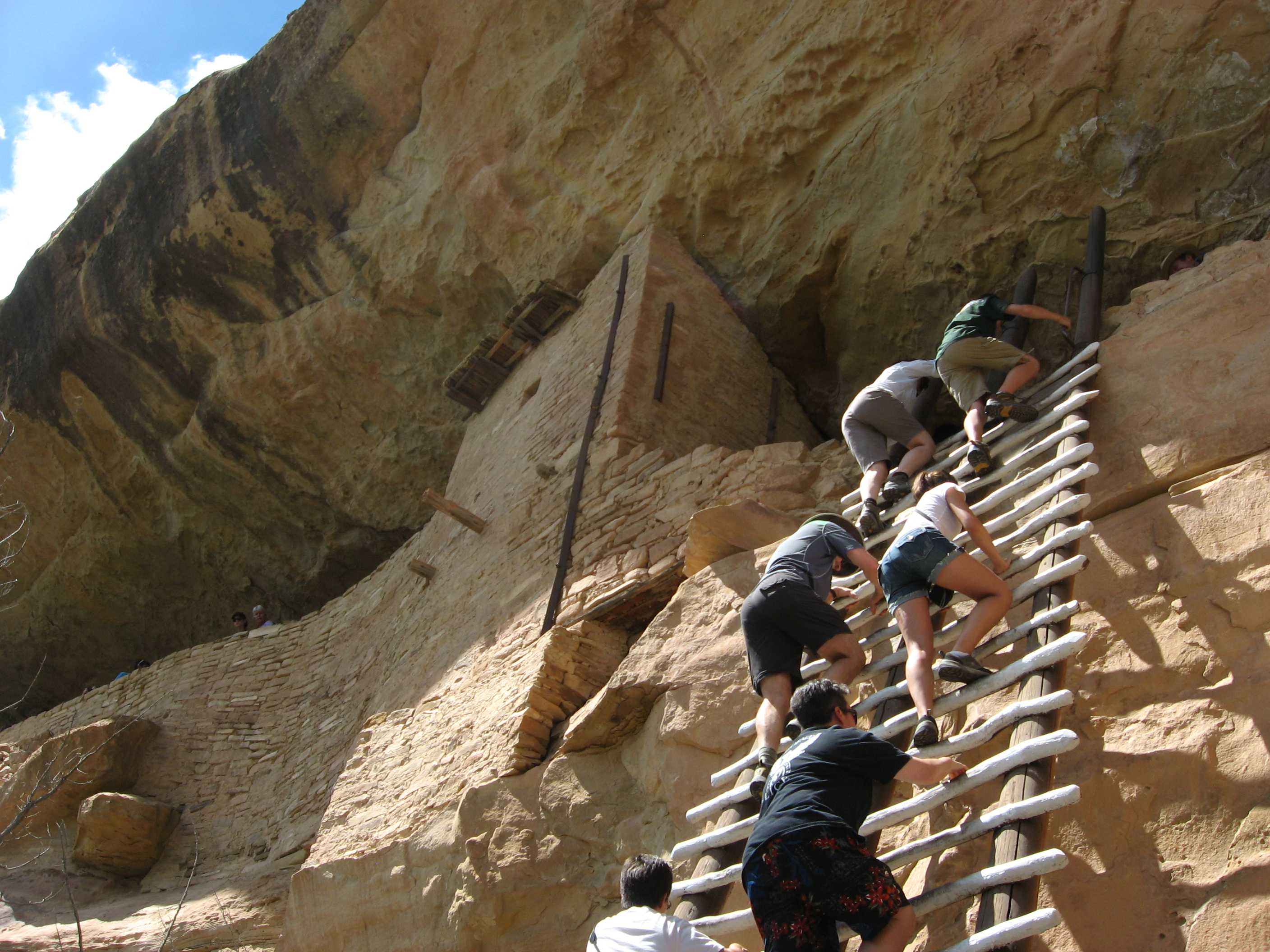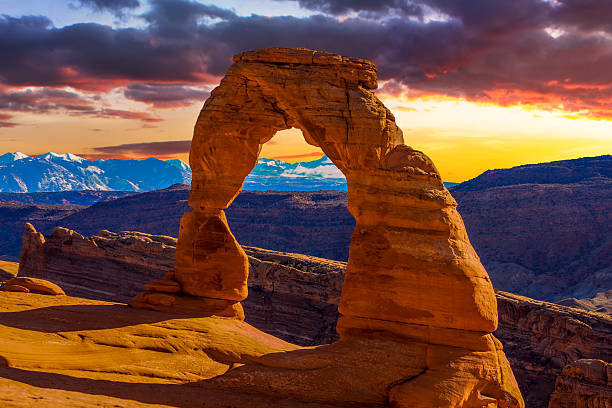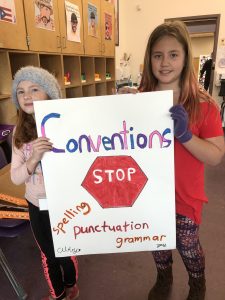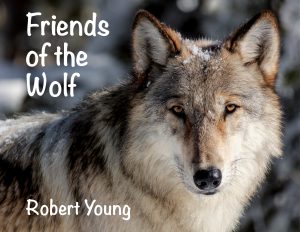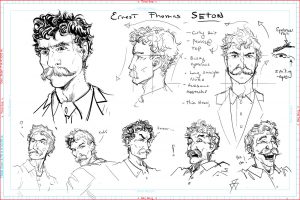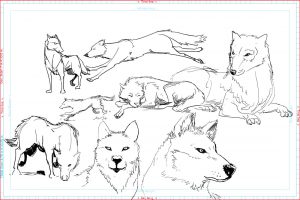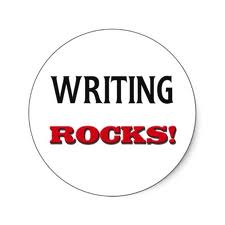I was shocked to hear of the passing of Gregg Sutton today. It was sudden, like a punch in the gut. I am reeling, and struggling for breath.
Gregg was an acclaimed musician. He was an accomplished songwriter, having written for the likes of Joe Cocker, Joe Bonomasso, Percy Sledge, Dolly Parton, Al Green, Tom Jones, Billy Ray Cyrus, and many more. He was an expert guitar and bass player, and spent decades in a variety of bands, including Lone Justice, KGB, and the Pets. He toured as the bassist with Bob Dylan in 1984 and served as musical director for comedian Andy Kaufman, a childhood friend.
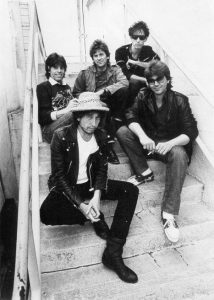
Dylan touring band – Gregg top right
Our lives intersected in a round-about way. Having been a writer for thirty-plus years, mostly books for kids, I found myself with lines of words in my head. Lines I couldn’t forget. As I worked with these lines, I realized they were lyrics for a song. The song – The Edge of Goodbye – was about endings: a job, a relationship, a life. I had no idea what music would go with these words, but I had a definite thought about who the song was to be for: Eric Burdon.
I had been a longtime Eric-fan, since my high school days when he was frontman for The Animals. I followed his career over the decades as he worked in different bands and evolved as a singer. On two occasions I had the pleasure of interviewing him for local newspapers when he came to town. He was thoughtful, articulate, and kind. As he neared the end of his 50-plus year career, I thought my lyrics would be a perfect fit for him.
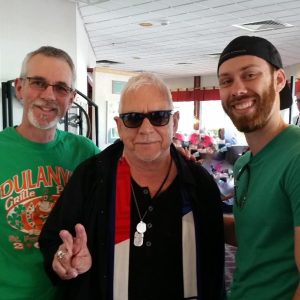
Eric B. – center
But, they obviously weren’t. I sent Eric the lyrics, then waited. And waited. And waited. No response. Having written for so many years, with rejection the norm, I was not deterred. I looked at the liner notes on some of his later CDs and noted the names of people who had written songs with him. Gregg Sutton was one of them.
So, I sent the lyrics to Gregg. His response was quick, and positive. I was thrilled, and couldn’t wait until he created the music to go with the lyrics. Over time, we worked together revising the lyrics, and I waited for him to finish the music. I waited and waited. Six months. A year.
When the music never appeared, I was disappointed but not discouraged. I just connected with another talented musician who loved the lyrics and created an awesome tune to go with them. Gregg and I stayed in touch.
I was a loyal follower of his weekly Salvation Sunday shows, during which he performed his iconic songs with the help of his talented musician friends. I learned more about him by listening to his CDs, reading his memoir, and communicating regularly through e-mail. I kept sending him lyrics, too.
Several sets of lyrics later, he connected with some. We revised it back and forth, and he added music, simple chords and a catchy beat. While the finished song was a departure from my original, I was grateful and pleased with the finished product. He made a scratch demo and I had it copyrighted in our names. The title is Happiness, and it accurately reflects my feeling about the opportunity to work with Gregg. He talked about recording the song but, well, that’s out of the question now.
Last spring I set out on a road trip from my home in Oregon to visit the site in New Mexico where my latest book took place. I arranged to stop by L.A. to meet up with Gregg, a first-time meeting. He welcomed me into his home, introduced me to his dog Harry, and then we started down the street to a nearby restaurant for dinner. He walked slowly and appeared fragile. I wondered if maybe I should get my car to drive us, but he waved me off.
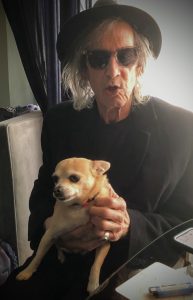
Gregg and Harry
We ordered dinner but he barely touched his meal. I asked him questions I had stored up, questions about his songwriting process and about his life. The questions seemed to spark him, and he answered with enthusiasm. He told me music was the only work he ever did, except when he was 17 and worked in a car wash, but only for a day. He shared about his personal challenges, and his declining health. He spoke about his most treasured experience in the music business – touring with Bob Dylan, his hero, and playing alongside Mick Taylor, his favorite guitarist. I asked him why he wasn’t a part of future tours. “I asked Bob for a raise,” he told me. “I shouldn’t have done that.”
After we slowly made our way back to the house, I asked Gregg if we could play the song we had done together. I wanted to make a video. He assented. I set up my phone and we did the song, him singing and playing, me following along on guitar. Not being a musician, it was quite a thrill for me.
That thrill dissolved when I got back to my hotel and realized that I had my video on while setting up, then turned it off when we began the song. Dammit! I slept fitfully that night.
In the morning I checked in with him before continuing my journey. He asked me for a favor: to take him to the bank. Of course. And then I wondered if we could possibly redo the song that I screwed up filming the night before.
And so our song got videoed, with Gregg gently correcting me when I played a wrong chord along the way. We said our goodbyes and I was soon engulfed in the L.A. traffic, with little time to recount my wondrous experience. That would come later, and continues to this day.
Given the condition of Gregg’s health, I was not surprised when he passed. But, the suddenness and the reality of it was a shock.
Gregg Sutton was multitudes: magnanimous and profane, sarcastic and gentle, critical and caring, dark and light. He was extremely talented, and very supportive of me in my songwriting journey. I will be forever grateful that our lives intersected, if for only a brief moment.
